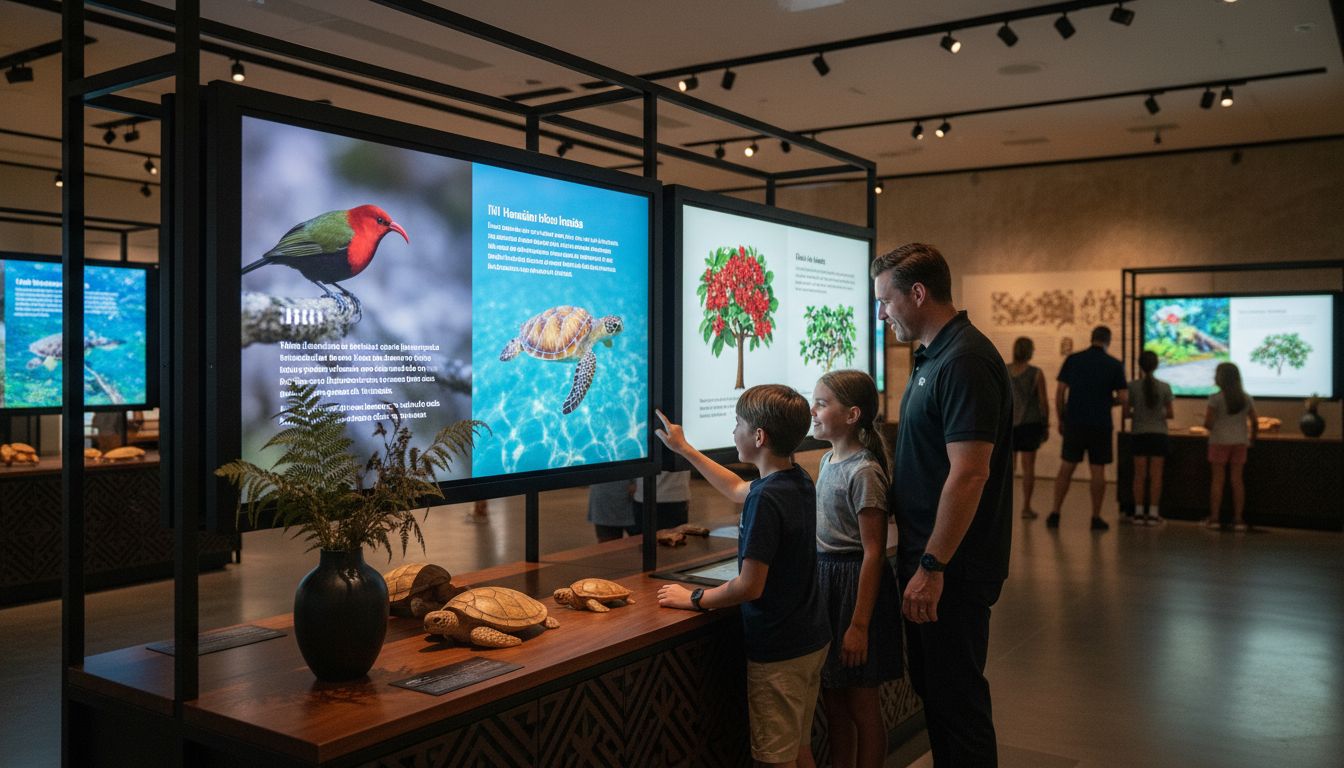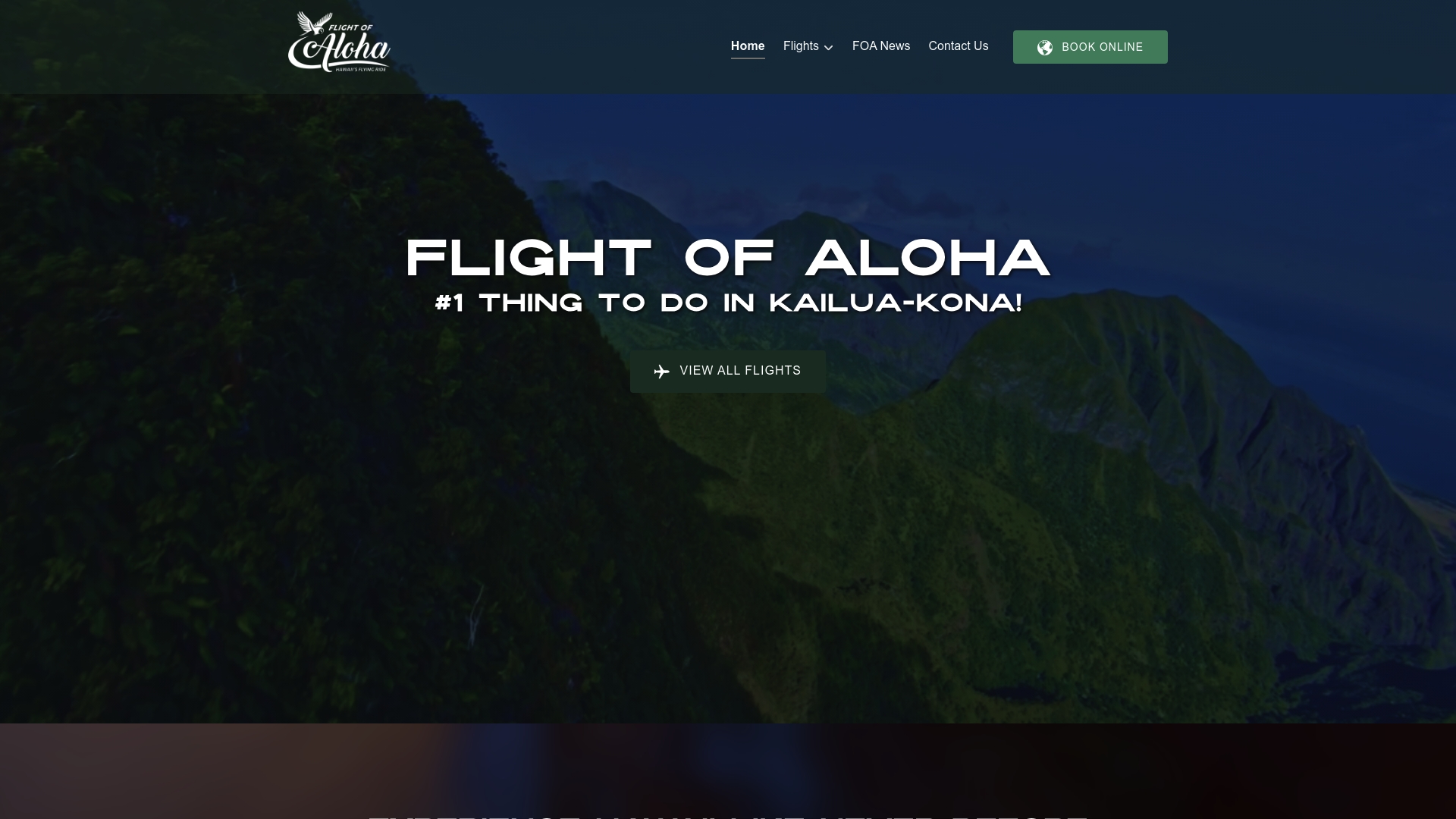Hawaiian Flora and Fauna in Rides: Complete Guide

Did you know that over 90 percent of Hawaii’s native plants and animals are found nowhere else on Earth? This rare biodiversity shapes not only the islands themselves but also the immersive experiences created in leading Hawaiian attractions. When ride designers weave native species and authentic storytelling into modern technology, visitors gain a deeper connection with Hawaii’s fragile ecosystems, its vibrant culture, and the natural wonders that make these journeys unforgettable.
Table of Contents
- Defining Hawaiian Flora and Fauna In Rides
- Key Native Species Featured In Attractions
- Cultural Significance And Storytelling In Rides
- Immersive Technology Enhancing Natural Encounters
- Visitor Experience And Conservation Awareness
Key Takeaways
| Point | Details |
|---|---|
| Integration of Native Species | Hawaiian flora and fauna enhance immersive ride experiences, forging connections between visitors and the islands’ ecological narratives. |
| Storytelling through Technology | Advanced ride technologies enable emotional and educational storytelling, transforming passive observation into active engagement with Hawaii’s unique ecosystems. |
| Conservation and Education | Attractions serve as vital platforms for conservation awareness, inspiring visitors to appreciate and protect Hawaii’s biodiversity. |
| Cultural Narratives | Hawaiian cultural storytelling within attractions enriches visitor understanding, fostering respect for the profound connection between people and their environment. |
Defining Hawaiian Flora and Fauna in Rides
Hawaiian flora and fauna represent a unique ecological tapestry that transforms immersive ride experiences into living, breathing journeys through nature’s most extraordinary landscapes. When integrated into attractions like Flight of Aloha, these native species become storytelling vehicles that transport visitors into the heart of Hawaii’s rich biological heritage. Exploring Hawaiian Natural Wonders In Attractions reveals how these environmental elements create profound connections between visitors and the islands’ intricate ecosystems.
Native Hawaiian plants and animals possess remarkable characteristics that make them perfect subjects for immersive ride experiences. According to research from the Maui Ocean Center, the ecological connections between land and ocean provide rich narratives for cultural interpretation. For instance, native plants like the endemic Naupaka shrub and wildlife such as Hawaiian honeycreepers become living symbols of adaptation and resilience. Rides can showcase these species through high-definition visuals, creating educational and emotionally resonant experiences that go beyond simple entertainment.
The diversity of Hawaiian flora and fauna offers ride designers unprecedented opportunities for storytelling. The Honolulu Zoo’s extensive collection demonstrates the incredible variety of species native to the islands. From lush rainforest environments to coastal ecosystems, each ride can become a window into Hawaii’s complex biological world. Imagine soaring over native landscapes where Hawaiian green sea turtles glide through coral reefs, ohia lehua trees bloom in volcanic landscapes, and rare honeycreeper birds dart through misty mountain forests. These immersive experiences transform passive observation into active exploration, allowing visitors to connect deeply with Hawaii’s natural wonders.
By integrating authentic Hawaiian flora and fauna into ride experiences, attractions like Flight of Aloha create more than entertainment – they craft powerful educational journeys that inspire conservation, cultural appreciation, and wonder. Understanding Hawaiian Cultural Rides highlights how these experiences become bridges between visitors and the profound ecological stories of Hawaii.
Key Native Species Featured in Attractions
Hawaiian attractions offer visitors an extraordinary opportunity to encounter the islands’ most captivating native species through immersive experiences that blend education and wonder. From marine environments to terrestrial landscapes, these rides and exhibits showcase the remarkable biodiversity that makes Hawaii a global ecological treasure. Understanding Adventure Attractions In Hawaii Explained highlights how these experiences transform passive viewing into active discovery.
In marine environments, Hawaiian green sea turtles stand out as iconic species frequently featured in attractions. According to the Maui Ocean Center’s ‘Hawaiians and the Sea’ exhibit, these ancient marine reptiles represent profound cultural and ecological significance. Visitors can observe these magnificent creatures through high-definition visualizations that capture their graceful movements through coral reefs and coastal ecosystems. The chambered nautilus and giant clam, as documented by the Waikīkī Aquarium, provide additional fascinating windows into Hawaii’s complex marine biodiversity, demonstrating the intricate relationships between species in these delicate underwater habitats.
Terrestrial native species offer equally compelling narratives for ride and attraction experiences. Endemic birds like the Hawaiian honeycreeper, with their vibrant plumage and unique evolutionary adaptations, become living symbols of the islands’ extraordinary ecological isolation. Rare plants such as the ohia lehua trees, which bloom dramatically in volcanic landscapes, represent resilience and transformation. These species are not merely visual elements but storytelling vehicles that communicate Hawaii’s complex natural history, illustrating how isolation and environmental challenges have shaped unique life forms found nowhere else on Earth.
By presenting these native species through advanced ride technologies, attractions create powerful educational experiences that inspire conservation and cultural appreciation. Understanding Hawaiian History In Themed Attractions demonstrates how each native species becomes a narrative thread connecting visitors to Hawaii’s profound ecological and cultural heritage. These immersive encounters transform simple observation into deep, meaningful understanding of the islands’ extraordinary natural world.

Cultural Significance and Storytelling in Rides
Hawaiian cultural storytelling transforms ride experiences from mere entertainment into profound journeys of understanding, weaving ancient narratives with contemporary technological innovation. These immersive attractions go beyond visual spectacle, becoming powerful mediums for preserving and transmitting the rich cultural heritage of the Hawaiian Islands. Hawaiian Ride Themes Explained illuminates how modern attractions can serve as living vessels of cultural transmission.
According to the Maui Ocean Center’s ‘Hawaiians and the Sea’ exhibit, traditional Hawaiian culture is fundamentally defined by a deep, intrinsic connection between people and their natural environment. In ride experiences, this relationship becomes a narrative framework that allows visitors to understand Hawaiian worldviews through sensory storytelling. The traditional Hawaiian relationship with the ocean emerges as a central theme, where marine environments are not just landscapes but living entities with profound spiritual significance. Ride technologies can recreate the nuanced emotional and ecological connections that have defined Hawaiian cultural experiences for generations.
Storytelling in Hawaiian cultural rides often draws inspiration from traditional performance arts like hula, which serve as living historical archives. The Merrie Monarch Festival demonstrates how movement, music, and narrative intertwine to communicate complex cultural stories. Similarly, ride experiences can use advanced visual and sensory technologies to replicate these storytelling traditions, transforming abstract cultural concepts into immersive, emotionally resonant journeys. Each ride becomes a choreographed narrative that reveals layers of Hawaiian mythology, ecological understanding, and historical resilience.
These cultural ride experiences are more than entertainment – they are acts of cultural preservation and education. By presenting Hawaiian stories through innovative technological mediums, attractions create bridges of understanding between visitors and the rich, complex tapestry of Hawaiian culture. The goal is not just to entertain, but to inspire deeper respect, curiosity, and connection with the profound cultural and ecological heritage of the Hawaiian Islands.
Immersive Technology Enhancing Natural Encounters
Immersive technologies are revolutionizing how visitors experience and connect with Hawaii’s extraordinary natural environments, transforming passive observation into deeply engaging sensory journeys. By blending cutting-edge digital experiences with authentic ecological storytelling, these technologies create unprecedented opportunities for understanding and appreciating native landscapes and species. Understanding What Makes Hawaii Immersive Experiences Special illuminates the sophisticated techniques that make these encounters so transformative.
According to the Maui Ocean Center, immersive exhibits are powerful educational tools that go far beyond traditional museum displays. Advanced technologies like high-resolution visual projections, motion simulation, and multi-sensory environmental recreations allow visitors to experience marine and terrestrial ecosystems with unprecedented intimacy. Interactive displays simulate the intricate relationships between Hawaiian species, enabling guests to understand complex ecological networks through direct, engaging experiences. The center’s exhibits demonstrate how technology can recreate the nuanced emotional connections between humans and natural environments.
Sea Life Park Hawaii provides another remarkable example of how immersive technologies enhance natural encounters. By offering interactive programs that allow direct engagement with marine animals, these experiences transform scientific education into emotional connection. Advanced tracking technologies, surround sound systems, and precise environmental controls can recreate the sensory complexity of Hawaiian ecosystems. Visitors can now virtually swim with Hawaiian green sea turtles, feel the subtle temperature variations of coral reefs, and hear the intricate soundscapes of marine environments – all without disturbing the delicate natural habitats.
Here’s a comparison of how immersive ride technologies enhance visitor experiences with Hawaiian flora and fauna:
| Technology / Approach | Description | Visitor Impact |
|---|---|---|
| High-Definition Visual Projections | Projects realistic marine & forest scenes | Deepens ecological understanding |
| Motion Simulation | Mimics flight or underwater movement | Increases physical immersion |
| Interactive Displays | Guests engage with species & ecosystems | Enables active environmental learning |
| Multi-Sensory Environmental Effects | Includes sound, temperature, scent | Heightens emotional & sensory connection |
| Live Animal Interaction Programs | Direct engagement with native animals | Fosters empathy & conservation awareness |
| Conservation-Themed Activities | Includes species release experiences | Inspires stewardship & responsibility |
These technological innovations represent more than entertainment – they are critical tools for environmental education and conservation awareness. By creating emotionally resonant experiences that allow visitors to intimately understand Hawaii’s unique ecosystems, immersive technologies build deeper appreciation for the islands’ extraordinary biodiversity. The goal is not just to observe, but to inspire a profound sense of connection and responsibility towards these remarkable natural environments.
Visitor Experience and Conservation Awareness
Visitor experiences in Hawaiian attractions have evolved from simple tourism to powerful platforms for environmental education and conservation awareness, transforming how travelers interact with and understand delicate ecological systems. These immersive experiences create profound connections between tourists and the islands’ unique biodiversity, turning passive observation into active environmental stewardship. Why Support Local Attractions highlights the critical role these experiences play in sustainable tourism.
According to the Lyon Arboretum, conservation education is most effective when it transforms abstract ecological concepts into tangible, personal experiences. By showcasing native Hawaiian plants and their intricate ecosystems, attractions can inspire visitors to understand the delicate balance of island biodiversity. Interactive conservation programs allow guests to engage directly with native species, creating emotional connections that transcend traditional learning methods. These experiences reveal the complex interdependencies between plant life, wildlife, and human communities in Hawaiian environments.
Sea Life Park Hawaii demonstrates another powerful approach to conservation awareness through direct engagement. Their programs, such as releasing adolescent green sea turtles, provide visitors with firsthand experiences of wildlife preservation efforts. By witnessing conservation in action, tourists develop a deeper understanding of the challenges facing native species. Rides and attractions that incorporate these narrative elements transform from mere entertainment into critical platforms for environmental education, showing visitors the intricate relationships between human activities and ecosystem health.
Ultimately, these visitor experiences represent more than educational encounters – they are vital bridges between cultural understanding and environmental responsibility. Understanding Hawaiian Tradition in Tourism emphasizes how these experiences connect visitors to the profound Hawaiian philosophy of living in harmony with nature. By creating emotional, memorable encounters with native flora and fauna, attractions inspire a sense of wonder, respect, and personal commitment to preserving these extraordinary ecological treasures.
Experience Hawaiian Flora and Fauna Like Never Before
The article reveals how connecting with Hawaii’s unique native plants and animals through rides can deepen cultural appreciation and inspire conservation. If you are looking to move beyond passive observation to a truly immersive journey that engages all your senses Flight of Aloha is your ultimate destination. Our flying theater attraction uses stunning 8K visuals along with motion effects, scents, and wind to bring Hawaiian flora and fauna stories to life — from the delicate Naupaka shrub to the graceful Hawaiian green sea turtle. This immersive technology creates emotional connections that educate and inspire, making your visit unforgettable.

Discover how authentic cultural storytelling blends with cutting-edge immersion in rides that mirror the unique ecological and cultural narratives highlighted in the article. Whether you want to explore breathtaking Hawaiian landscapes or feel the spirit of Hawaiian legends wrapped in aloha visit Flight of Aloha today. Book your adventure now to experience this exceptional Hawaiian attraction offering VIP packages, annual passes, and more. Learn deeper insights in Understanding Hawaiian Cultural Rides or understand what makes our immersive experiences truly special at Understanding What Makes Hawaii Immersive Experiences Special. Your journey into Hawaii’s natural wonders starts with a single step.
Frequently Asked Questions
What are Hawaiian flora and fauna?
Hawaiian flora and fauna refer to the unique plant and animal species native to Hawaii, characterized by their extraordinary adaptations and ecological importance.
How are native Hawaiian species showcased in ride experiences?
Rides incorporate high-definition visuals and interactive storytelling to highlight native species like Hawaiian green sea turtles and honeycreepers, fostering deeper connections between visitors and the ecosystems.
What role does technology play in enhancing experiences with Hawaiian flora and fauna?
Immersive technologies, including high-resolution projections and motion simulations, create engaging sensory journeys that transform visitor interactions with native ecosystems into memorable educational experiences.
How do attractions promote conservation awareness among visitors?
Attractions provide interactive conservation programs and educational narratives that involve visitors in wildlife preservation efforts, helping them understand the importance of protecting Hawaii’s delicate ecosystems.
